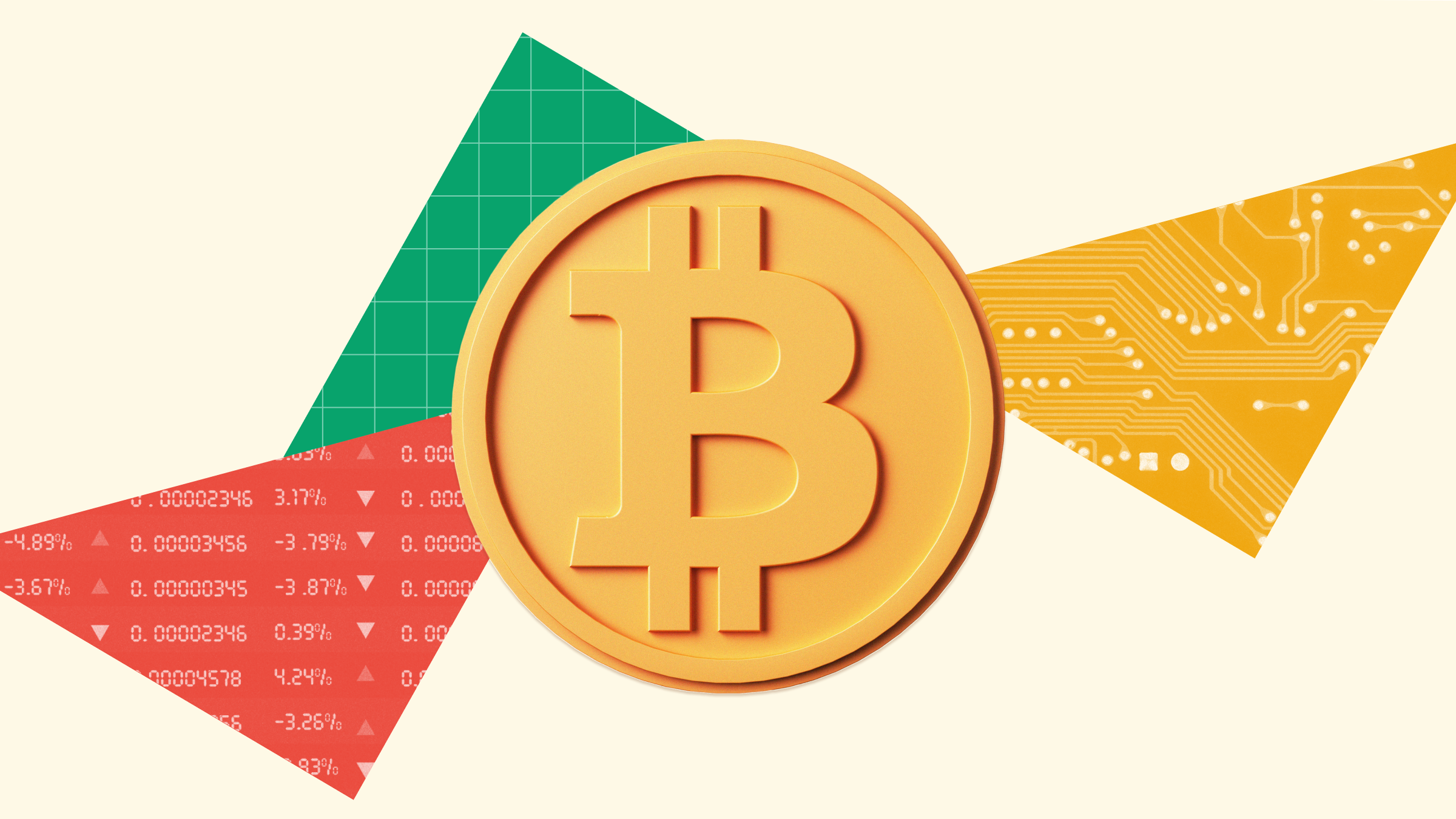
After tensions reached new heights this week, US President Donald Trump partially backed down from his worldwide trade crusade. Reportedly, the bond markets’ dislike of the significant and abrupt shift in trade policy, which has seen US Treasury yields rise substantially in recent days, gave Trump pause. The tariff hike on all countries excluding China has been temporarily scaled down to 10%, down from the much higher rates stated earlier (e.g. 20% on the European Union, 24% on Japan). This reprieve will last 90 days, and is ostensibly a reward for these countries for refraining from major retaliation in response to the initial salvo of US tariffs.
Washington’s relent offers a sliver of relief for US consumers, who are staring down the prospect of self-induced stagflation. The pause reduces the effective tariff rate in the United States to about 20%, down from 25% as of April 2 but still an astronomical level. Trump’s partial backdown on the majority of its trading partners should, if maintained, lessen the impact of tariffs on near-term price growth in the US. Still, we continue to expect a significant rise in inflation, slowing economic growth, and a rough 40% risk of a US recession in 2025.
Still, Trump singled out China for its retaliation against US levies, lifting tariffs on Chinese goods to 145%. This is not a positive development for American households, with some 13% of goods imported by the US in 2024 being sourced from China. Moreover, this may not be the end of the dispute. As we’ve written previously, tit-for-tat escalations are common in such conflicts, making it plausible that tariffs rise further before they eventually peak.
Expect More Government Stimulus in China as Exports Slide
Should US tariffs remain at their present punitive level, Chinese exports are set to contract materially, which would have a sizeable impact on the country’s GDP over the coming few years. A global slowdown in demand—a likely second-order effect of the Trump tariff shock—could weigh further on China’s economic growth. Faced with this, Chinese policymakers will likely offer generous support for the economy.
To this end, additional fiscal support is likely on the cards, with China expressing a willingness to expand its budget deficit should stimulus be required. Importantly, the People’s Bank of China has already begun its support, allowing the yuan to depreciate to its weakest level against the US dollar in more than a decade. We think this signals China’s willingness to allow the yuan’s value to fall, helping to offset the impact of the trade war on the country’s economy.
What a Weaker Yuan Would Mean for China
Allowing the yuan to further adjust to the trade war shock would help limit the extent of the decline in China’s exports. Even after modest exchange rate depreciation, the US’s 145% tariff hike will make Chinese imports prohibitively expensive in general. Any US importer who has an alternative will switch immediately; eventually, nearly all US-China trade flows are likely to dry up. However, exchange rate depreciation will improve China’s competitiveness, helping exporters to make up for lost US volumes with share gains in the rest of the world. Holding volumes fixed and assuming exporters get paid in foreign currency, it also boosts exporters’ revenues in local currency terms, with provides further cushion to the tariff shock.
China’s exports still may find their way into the US indirectly via transshipment. Intermediate inputs exported from China could be packaged into finished goods exported from third-party countries into the US. Sometimes goods are shipped from China to third-party countries for only the most superficial processing before moving on to the US, a bald form of tariff evasion. After the 2018-19 US-China tariff hikes, such transshipment flows increased greatly.
A major remaining area of uncertainty is what measures the US will take to crack down on transshipment. The US could seek to impose a supplemental tariff on Chinese content embedded in other countries’ exports, but such a system would be onerous and perhaps too impractical to work.
The author or authors do not own shares in any securities mentioned in this article. Find out about Morningstar's editorial policies.
Correction: An earlier version of this article contained an incorrect percentage for the US tariff on China.




























